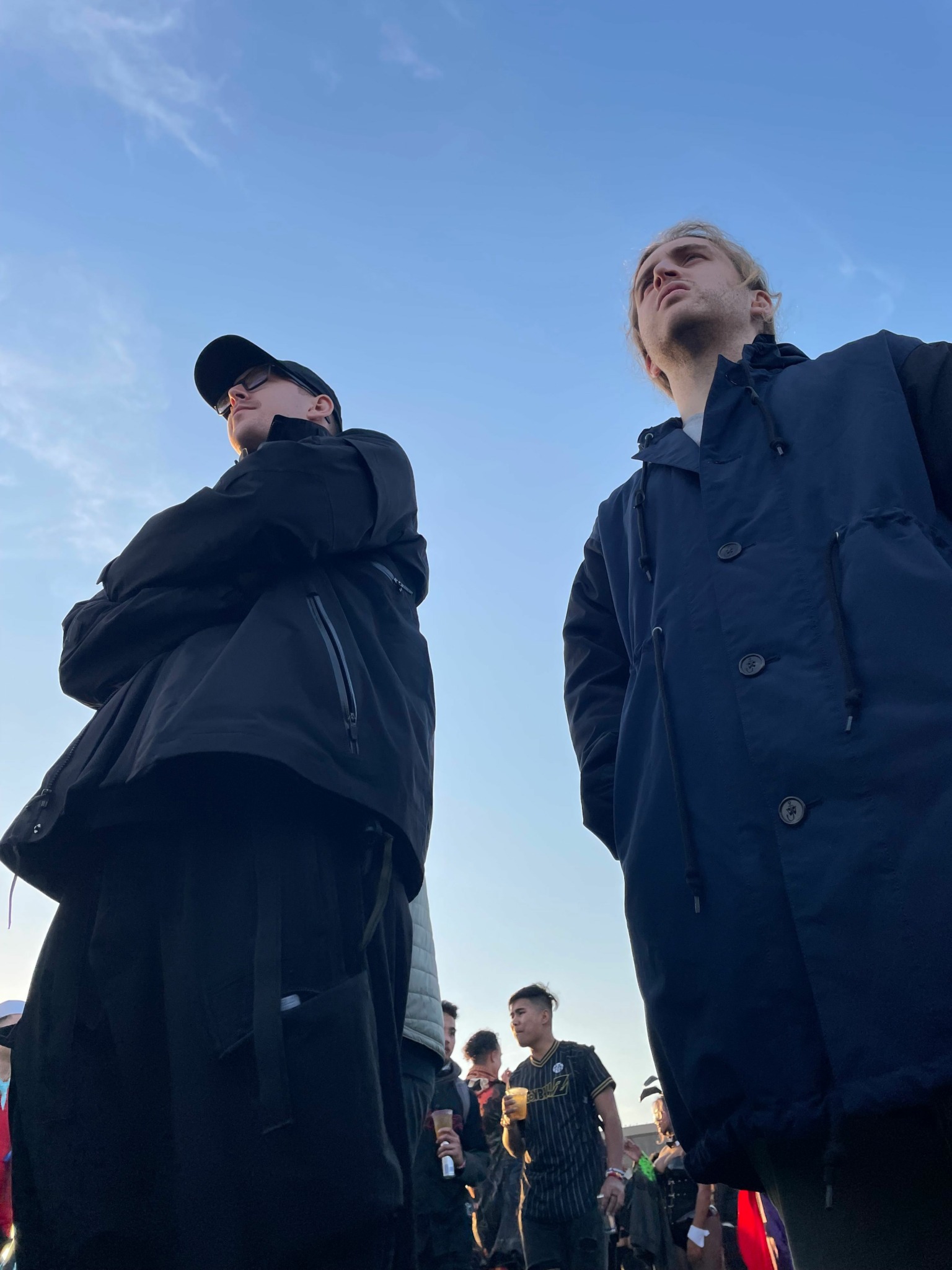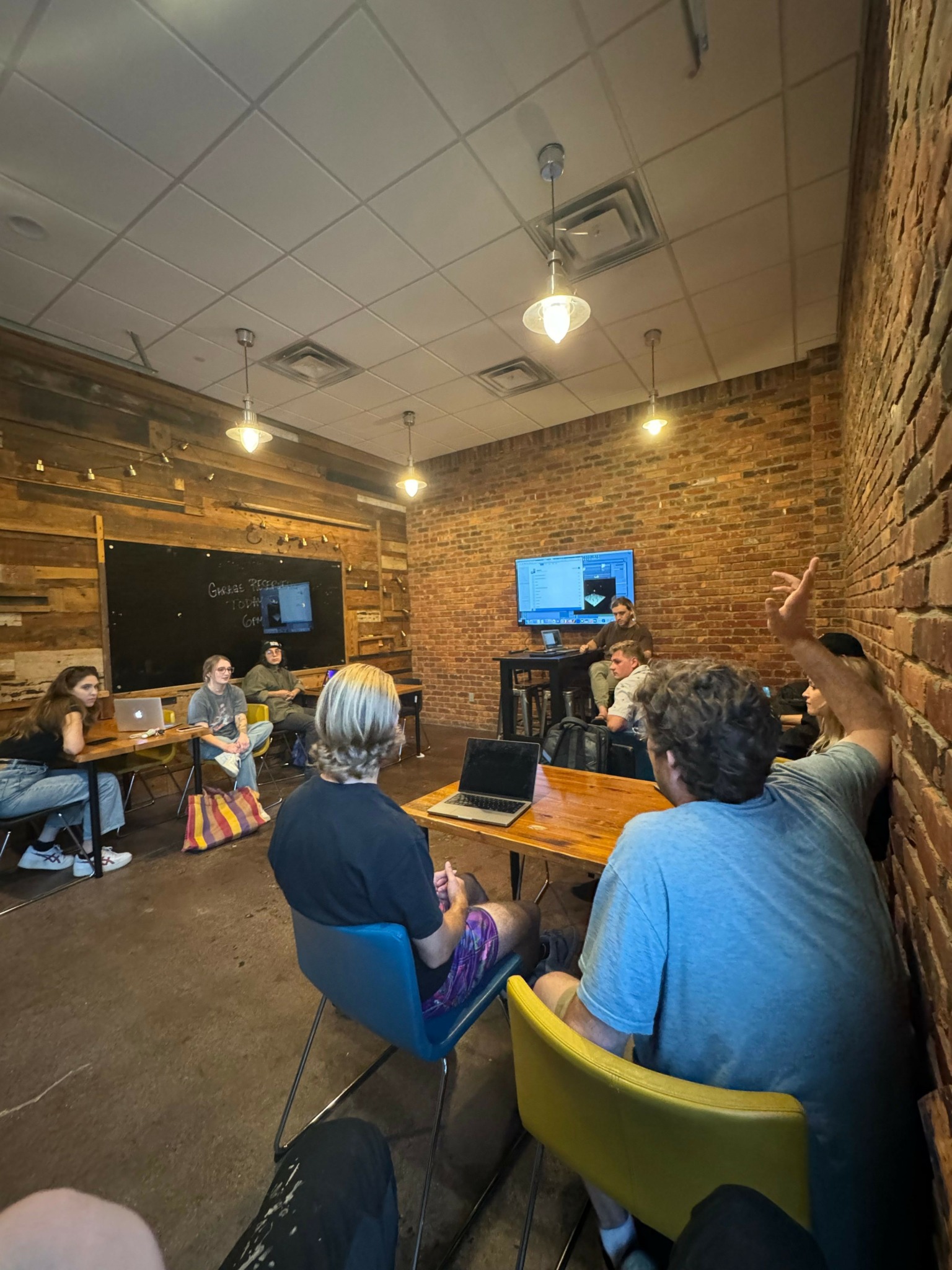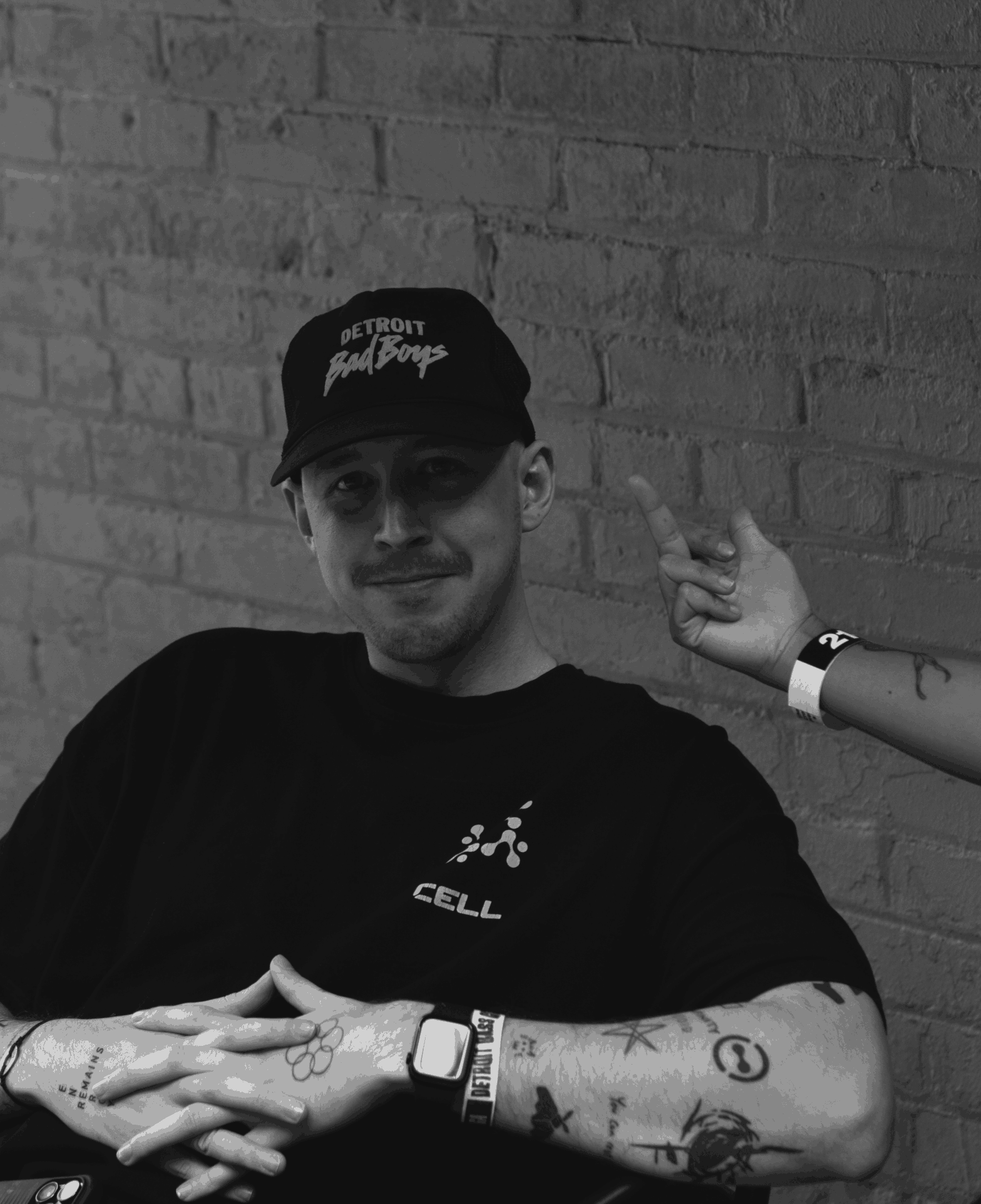We caught up with the brilliant and insightful Bones Mohr a few weeks ago and have shared our conversation below.
Bones, thanks for taking the time to share your stories with us today What were some of the most unexpected problems you’ve faced in your career and how did you resolve those issues?
Living in a Time Where Creation Is Profit-Motivated vs. When Creation Was About Making the Best Thing You Could
I’m nearly halfway through my life now, and I realize I was born at the perfect time—right in the middle of a shift. I got to experience the birth of new technologies when most things still felt pure, before corporations learned how to optimize and profit from every single facet of art.
Back then, doing it for the love—trying to make the best possible thing—was enough. Corporations were more willing to take risks on creatives. The strategy was simple: invest in a number of projects and hope a few succeed to recoup the costs.
Somewhere along the line, though, as technology advanced and optimization became king, corporations lost their appetite for risk. The fields that need risk—art, storytelling, creativity—were the ones that suffered. Companies realized that doing the bare minimum, with just enough polish, was “good enough” to guarantee profits. Either consumers didn’t care, or monopolies left them with no choice.
I remember when video games, movies, and music felt full of heart—full of risk. Sometimes that risk paid off, sometimes it didn’t. But even when it didn’t, there was pride in the work. Passion in the process.
That time wasn’t perfect, of course. But there was space to take risks. Profits weren’t the only priority. Corporations hadn’t yet mastered the game of squeezing every ounce of efficiency from art. Shareholders weren’t demanding endless growth every quarter. Sometimes, the act of creating something good was enough. There was no need to exploit it—or the consumer—for months beyond its natural lifespan.
There are still companies and artists pushing back. FromSoftware is a great example—resisting the trends of microtransactions and live-service models. They’re not perfect, but their work still feels rooted in a desire to make the best game they can. Unfortunately, creators like that are becoming fewer and farther between. And it’s not really their fault—it’s the boundaries they’re forced to exist within: corporate systems, market pressures, cultural expectations that make it seem like you have to play by these rules to survive. That’s heartbreaking.
Personally, I’ve always felt compelled to make what’s in my heart, regardless of the culture around me. But that’s come at a cost: not playing the social media game, not being transparent with my life, not sticking to one niche, not following the beaten path. I don’t blame anyone who does play the game—because, let’s be honest, making a living from your art almost requires it now—but I do mourn what it all means.
Still, I believe there’s a way to find balance—to engage with the culture without being consumed by it. My first instinct was to walk away entirely. But now, I find myself trying to walk that line. Trying to find a balance. Even if the scales are still tipped toward profits, clicks, and retention.
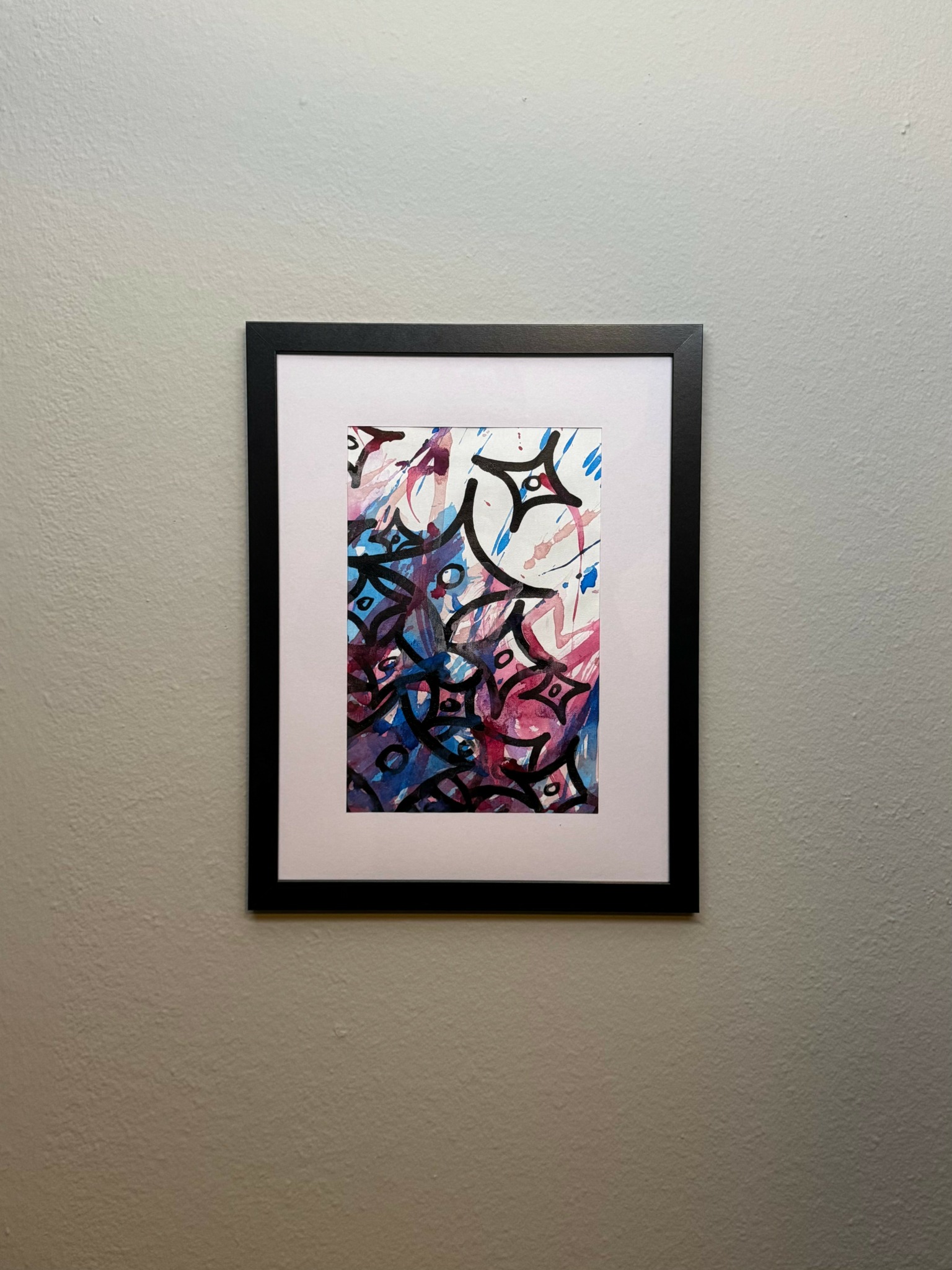
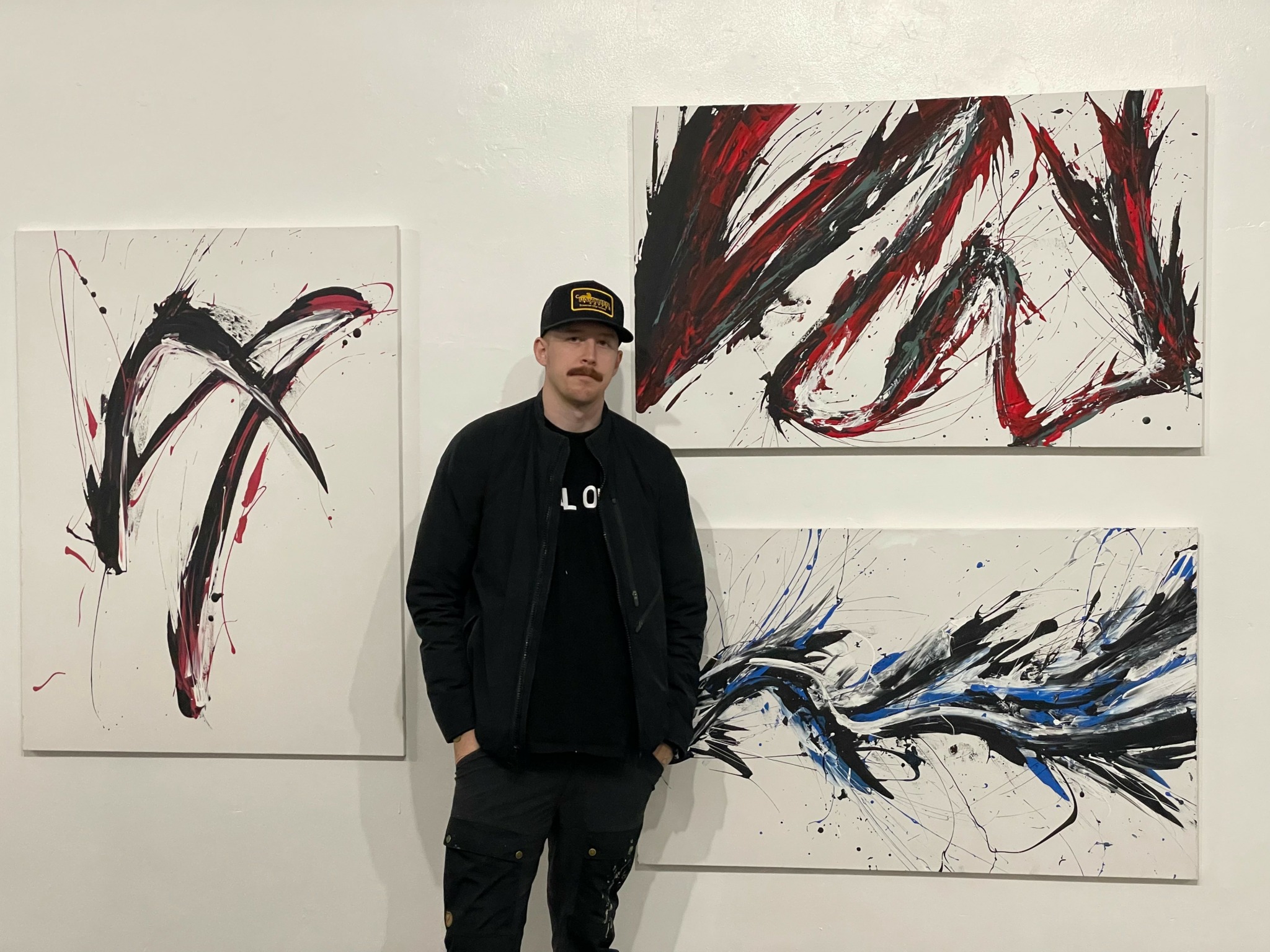
Awesome – so before we get into the rest of our questions, can you briefly introduce yourself to our readers.
Ever since I was little, I’ve been lost in my imagination. Creating has always felt like my purpose on this earth. I’ve moved from photography to video, to graphics, to 3D, to art direction, creative direction—and eventually, painting.
It feels like I’ve done it all, and now I’ve returned to where I started.
After a decade of exploration, I’ve finally begun to narrow down what I truly love and what I want to build a life around. I’m beginning to become a successful creator on my own terms.
Over time, I’ve learned to split my creative work into two distinct paths:
Art direction—with a niche in brand identity.
And painting—with a focus on zen contemporary work.
It took me longer than most to figure this out, but now I understand: I love creating in the ether. From the blank page. One side for others—helping them shape their own vision. The other side, my own—shaping mine.
The biggest disconnect for me has been adjusting to today’s creator culture. I’m still figuring it out. The mysterious artist who lets the work speak for itself—that era is gone. People now want transparency, relatability, and above all else, low risk.
As we move into the next era of “vibe creation” with AI, I believe taste and credibility will become the most important currencies. That’s why showing more of myself—being transparent—is becoming essential. What sets me apart is that I’ve held out. I never jumped into the influencer race. I’ve always put the art before the profit. And I’m okay losing a client or buyer if it means standing firm in my values: putting the message, the art, or the end user first.
In this new era, the ones who will thrive are those with the biggest imaginations and the highest creative discipline. Everyone has access to AI now—but it’s how you use it that matters. Use it meaningfully. Use it without sacrificing your artistic integrity. Work with it, not for it. I think a lot of people will lose their voice by outsourcing it.
Maybe that’s why I had to try so many mediums—my imagination needed space to breathe. I needed to have my hands in everything, because I truly love this s***.
If someone buys a piece of my art or hires me for client work, I hope they walk away thinking:
That guy really cares.
He thinks about every facet his art touches.
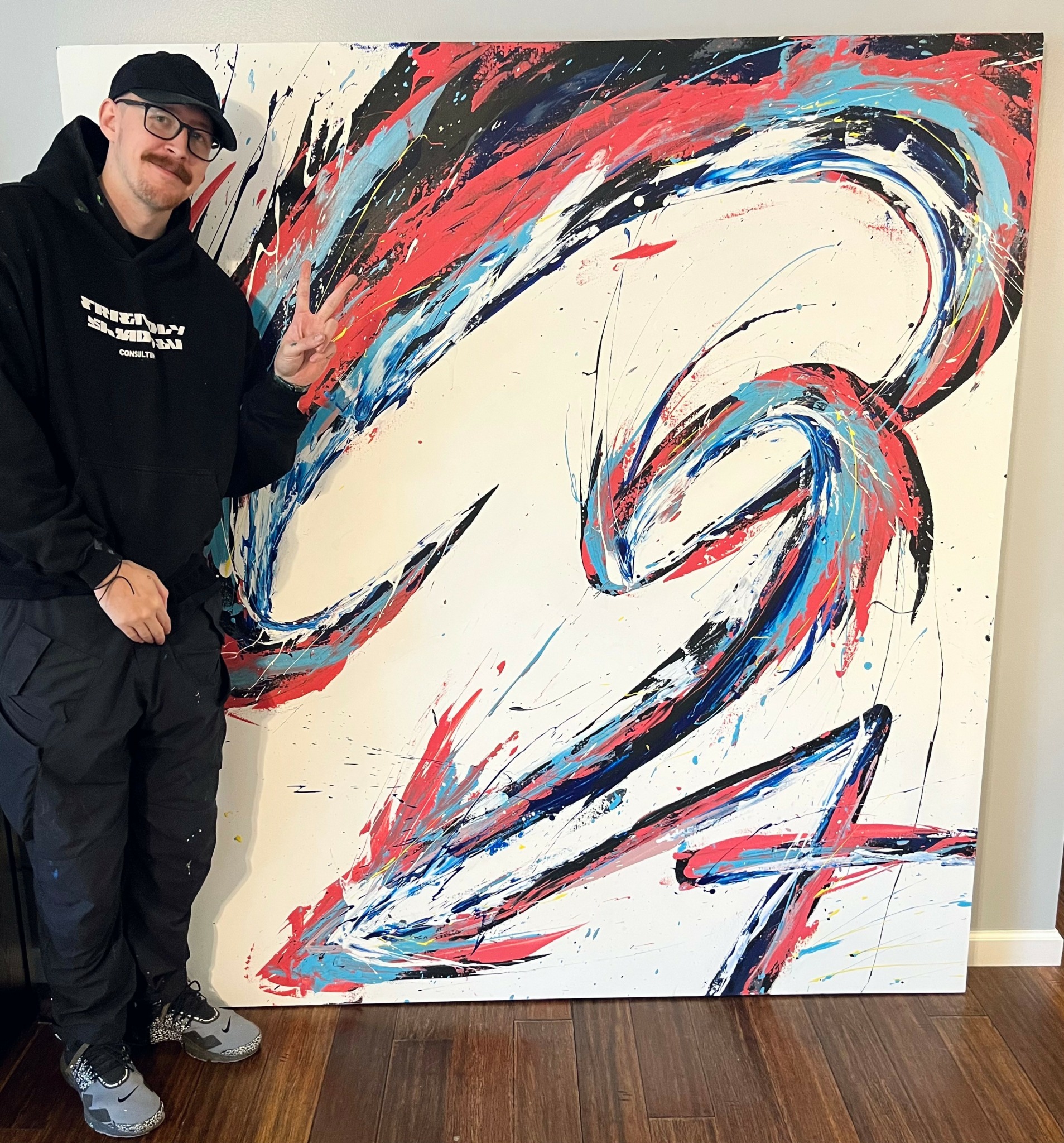
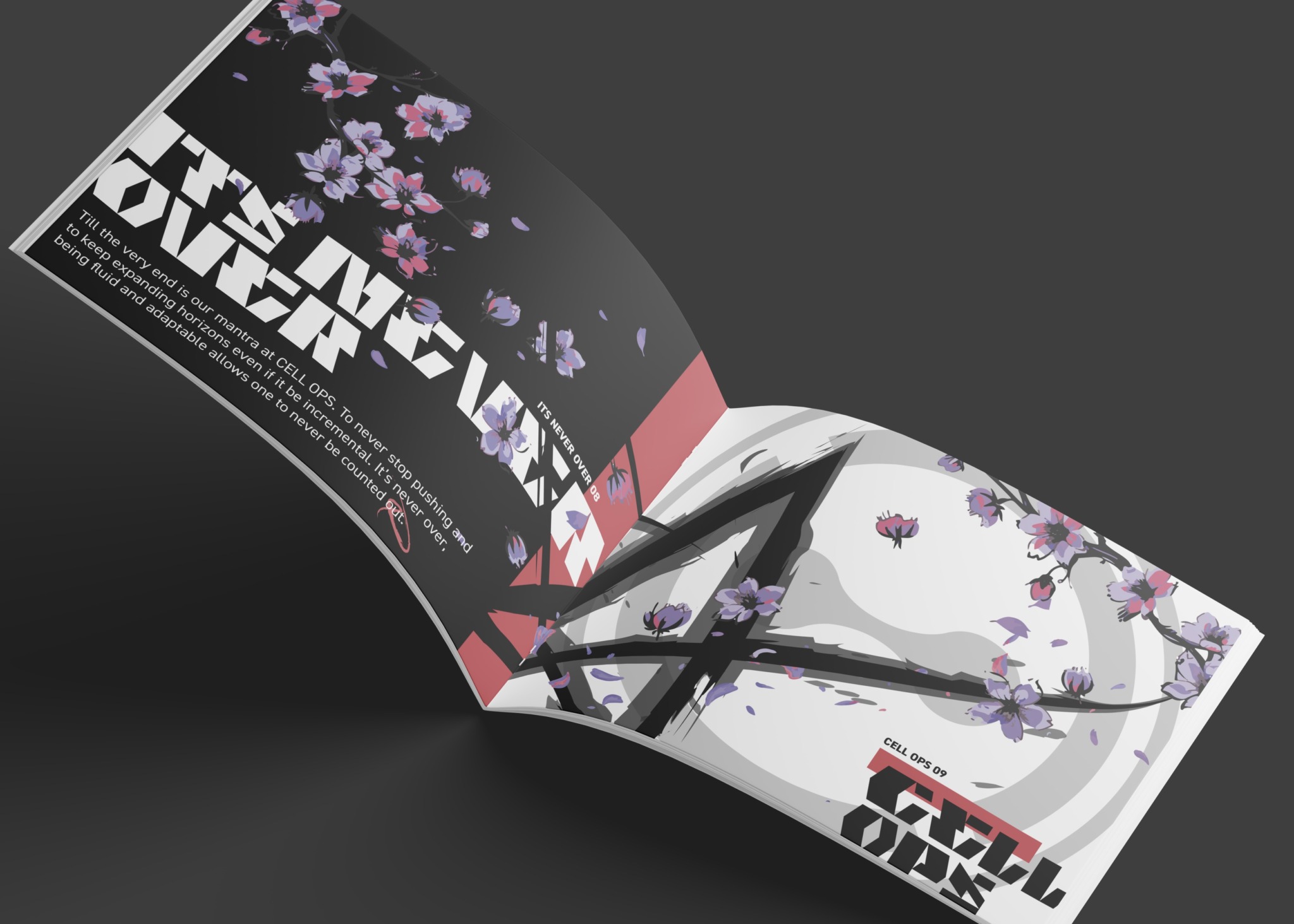
What can society do to ensure an environment that’s helpful to artists and creatives?
HANG OUT IN THE NICHE!!
You want small shows to come back? Go to them. You want better movies better tv better video games better social media?? Your money or attention all dictate this. I’ve seen it first hand the changes slowly being made as these monopolies feel the pain of putting out the bare minimum and expecting us to pay for it. Not anymore.
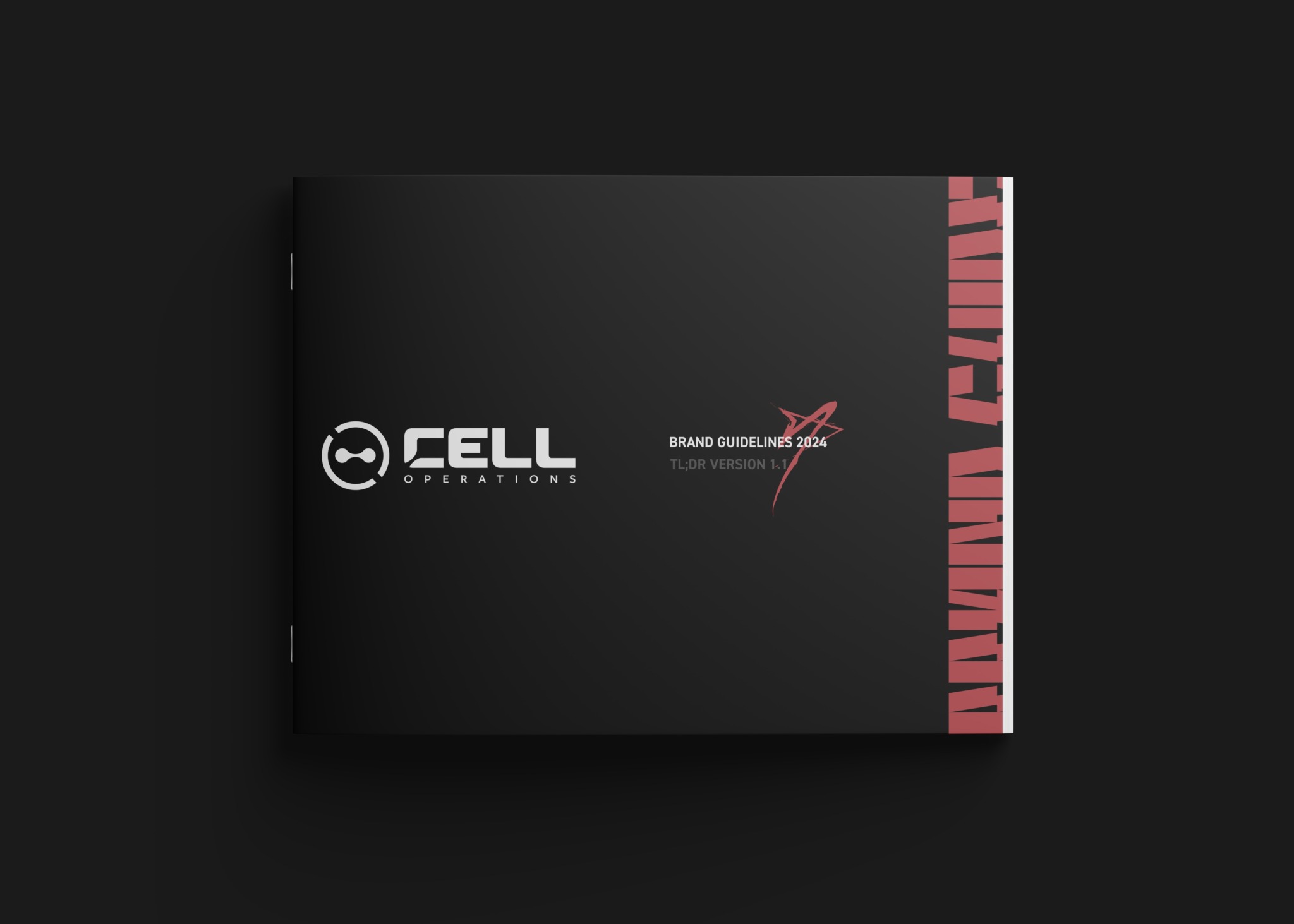
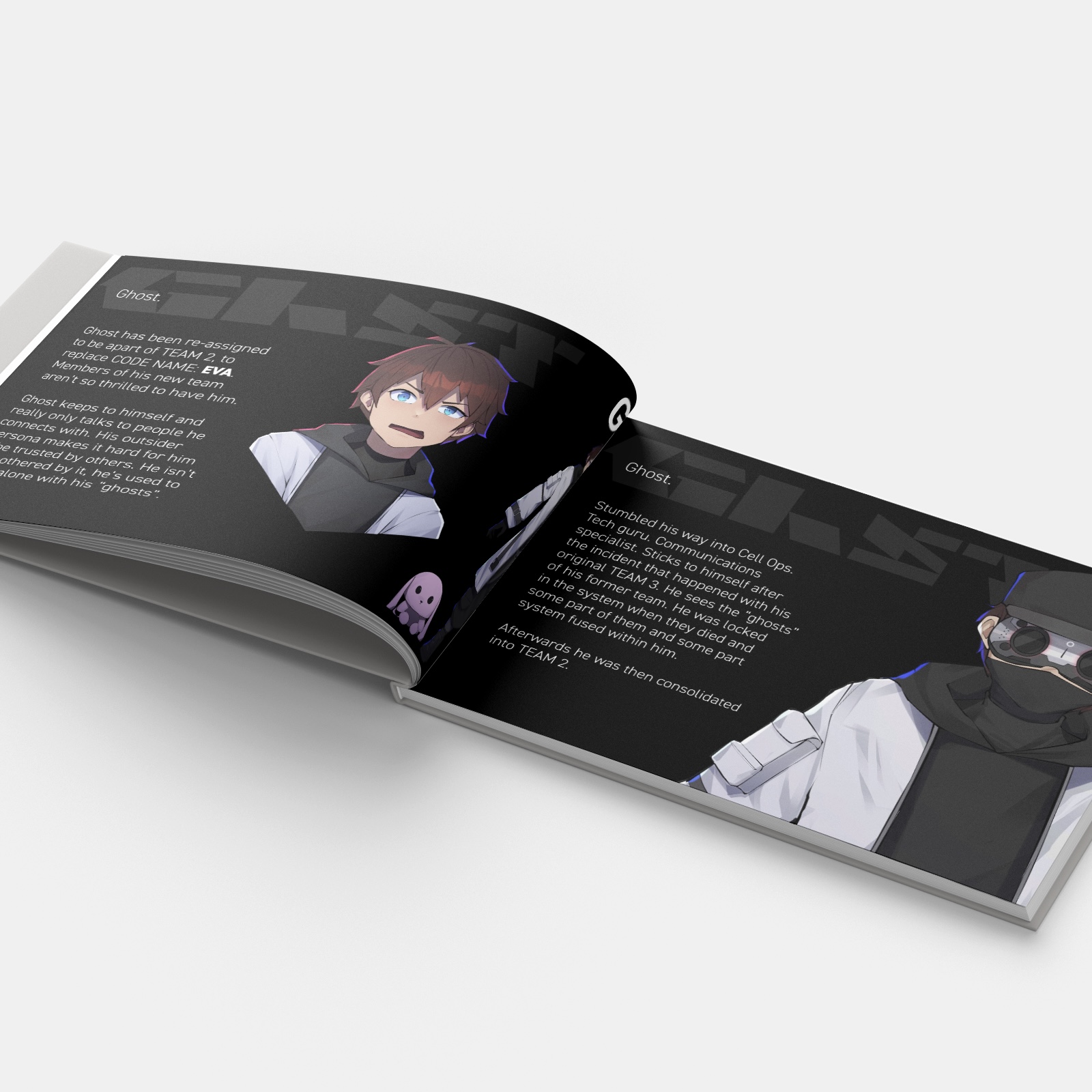
How did you build your audience on social media?
I am terrible at social media—absolutely terrible. I’m trying to get better, but it’s a slow process. The frustrating truth is that the thing I hate the most is probably the key to my success.
I’ve relied too much on word of mouth and hoping people randomly find me. That can work… but it’s not sustainable.
Meanwhile, my peer Azura has cracked the code. One of the key insights he shared: figure out your niche—and then go all in. Be active within that niche. Engage with other creators and the communities already built around it. You don’t need to build a huge following or start your own thing from scratch. The overlap is already there. People are already paying attention—you just have to meet them where they are.
The real trick is finding the value you bring to that niche. What can you offer that genuinely helps or inspires? Then, just keep showing up. Stay consistent. Play within that space until you’re ready to pivot or evolve.
Once people see the effort, once they feel like they’re getting something meaningful from you, they start to support. And it snowballs from there.
Contact Info:
- Website: https://Celloperations.com
- Instagram: Bonesmohr
